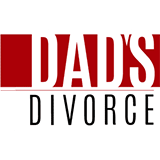 Those who are struggling to make payments on a loan or other large debts may be considering bankruptcy as an option. Chapter 13 of the U.S. Bankruptcy Code allows individuals with a regular income to reorganize their debts and establish a repayment plan over three to five years. One of the most appealing aspects of this type of bankruptcy is that it allows for cramdowns, which can reduce the amounts of certain types of loans and save debtors money.
Those who are struggling to make payments on a loan or other large debts may be considering bankruptcy as an option. Chapter 13 of the U.S. Bankruptcy Code allows individuals with a regular income to reorganize their debts and establish a repayment plan over three to five years. One of the most appealing aspects of this type of bankruptcy is that it allows for cramdowns, which can reduce the amounts of certain types of loans and save debtors money.
What Is Chapter 13 Bankruptcy?
Chapter 13 bankruptcy is a type of bankruptcy filing that allows people to keep their assets and pay off their debts over time. Unlike Chapter 7, which eliminates most unsecured debts entirely, Chapter 13 requires debtors to repay their creditors over the course of three to five years. However, the amount a debtor will be required to repay can be significantly less than what was originally owed due to “cramdown” provisions in the law.
What Are Cramdowns?
A cramdown is a provision in Chapter 13 bankruptcy that reduces the amount of secured debt owed on certain loans. A secured debt is one that is backed by collateral. For example, in an auto loan, the vehicle a debtor purchased is the collateral, and if the debtor defaults on the loan, the lender will have the right to repossess the vehicle. With a cramdown, the amount of the loan is reduced to match the market value of the collateral. This means that if a debtor owes more than what the car is worth, a cramdown can provide some relief by reducing the amount that the debtor will be required to pay to the lender over the remainder of the loan.
...






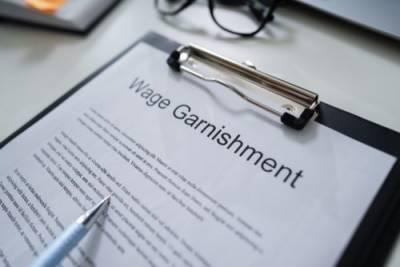




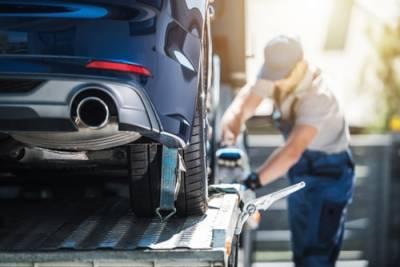
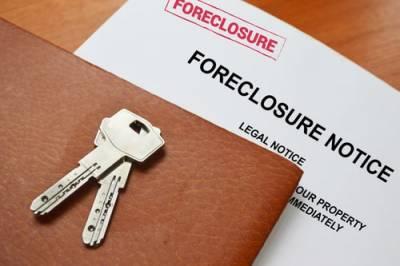 For anyone who owns a home, the possibility of
For anyone who owns a home, the possibility of  People who are looking to get out of debt may be unsure about their options for filing for
People who are looking to get out of debt may be unsure about their options for filing for  If you owe significant debts,
If you owe significant debts, 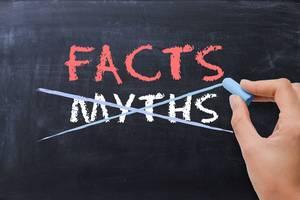 Nearly everyone has debts, and while some may be able to manage these issues successfully, others may have experienced significant financial difficulties that have affected their ability to repay what is owed while also addressing their ongoing living expenses. People in this situation may be regularly receiving calls or letters from creditors, and they may be worried that they could lose their home or other property, face lawsuits, or have their bank accounts seized or their wages garnished. Unfortunately, many people are hesitant to consider
Nearly everyone has debts, and while some may be able to manage these issues successfully, others may have experienced significant financial difficulties that have affected their ability to repay what is owed while also addressing their ongoing living expenses. People in this situation may be regularly receiving calls or letters from creditors, and they may be worried that they could lose their home or other property, face lawsuits, or have their bank accounts seized or their wages garnished. Unfortunately, many people are hesitant to consider  Financial issues are one of the most common factors that can lead to divorce. In some cases, couples may encounter disagreements about how to handle money, or the stress of dealing with debts and expenses may be one of the reasons for the breakdown of a couple’s relationship. Even if financial problems are not the cause of a divorce, a couple may need to determine how to handle debts as they proceed with the process of ending their marriage. For couples or individual spouses who are considering
Financial issues are one of the most common factors that can lead to divorce. In some cases, couples may encounter disagreements about how to handle money, or the stress of dealing with debts and expenses may be one of the reasons for the breakdown of a couple’s relationship. Even if financial problems are not the cause of a divorce, a couple may need to determine how to handle debts as they proceed with the process of ending their marriage. For couples or individual spouses who are considering  For those who are looking to obtain relief from their debts,
For those who are looking to obtain relief from their debts,  In
In  There are a variety of situations where businesses may no longer be able to operate successfully while paying off debts and meeting other financial obligations. Depending on the unique circumstances that affect a company, debts may be addressed through a
There are a variety of situations where businesses may no longer be able to operate successfully while paying off debts and meeting other financial obligations. Depending on the unique circumstances that affect a company, debts may be addressed through a 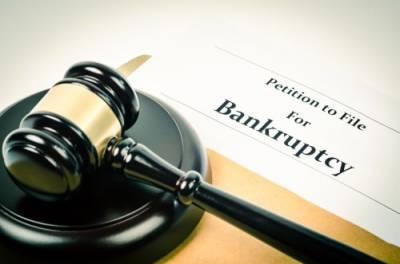 If you have significant debts, you may be considering your options for receiving debt relief through
If you have significant debts, you may be considering your options for receiving debt relief through  People who have experienced financial difficulties that have caused them to be unable to pay their debts may be concerned about the steps that creditors may take to collect what is owed. Creditors or collection agencies may contact a debtor and ask them to make payments, and some creditors may act in a harassing manner, including making threats or contacting a person’s employer. In some cases, a creditor may initiate a lawsuit attempting to collect what is owed, or they may repossess property or begin
People who have experienced financial difficulties that have caused them to be unable to pay their debts may be concerned about the steps that creditors may take to collect what is owed. Creditors or collection agencies may contact a debtor and ask them to make payments, and some creditors may act in a harassing manner, including making threats or contacting a person’s employer. In some cases, a creditor may initiate a lawsuit attempting to collect what is owed, or they may repossess property or begin  Making ongoing payments to pay off debts is a reality for most Americans. For those who struggle to make these payments or are unable to do so while covering their own living expenses,
Making ongoing payments to pay off debts is a reality for most Americans. For those who struggle to make these payments or are unable to do so while covering their own living expenses, 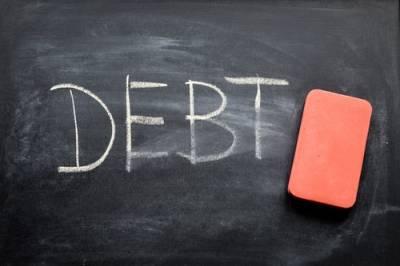 A family may experience multiple different types of financial difficulties that affect their ability to pay their debts while also covering their regular expenses. For those who are struggling with overwhelming debts,
A family may experience multiple different types of financial difficulties that affect their ability to pay their debts while also covering their regular expenses. For those who are struggling with overwhelming debts,  During the COVID-19 pandemic, many Americans have faced financial difficulties, causing them to be unable to pay some of their debts and ongoing expenses. To prevent people from losing housing during a public health emergency, the federal government and multiple states have implemented a moratorium on
During the COVID-19 pandemic, many Americans have faced financial difficulties, causing them to be unable to pay some of their debts and ongoing expenses. To prevent people from losing housing during a public health emergency, the federal government and multiple states have implemented a moratorium on 

